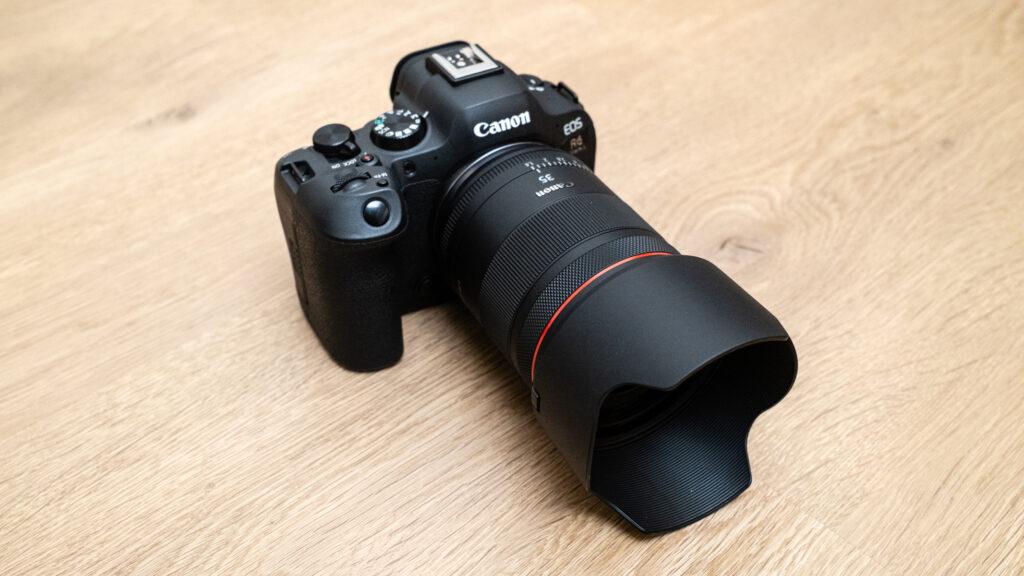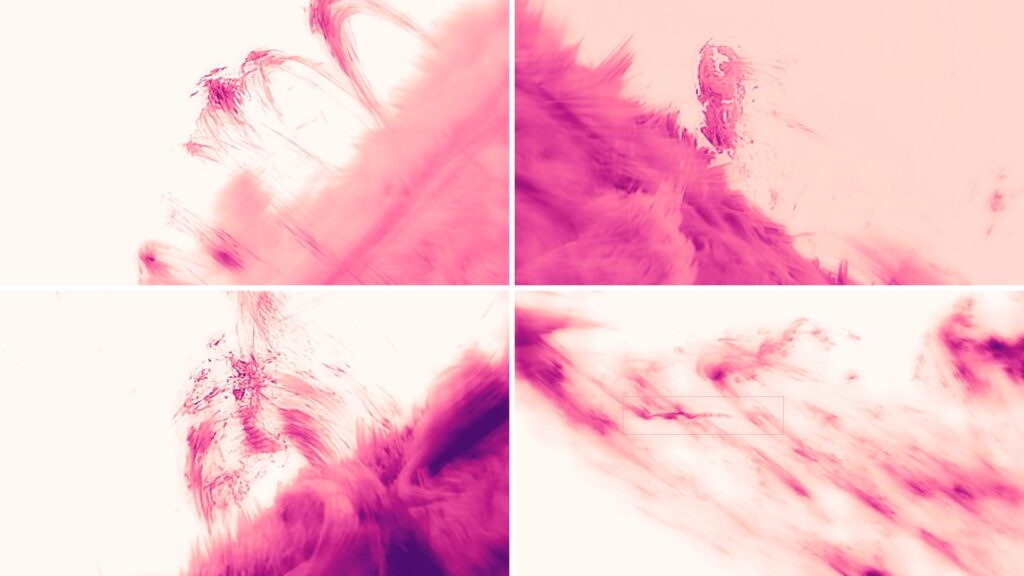NASA and the Canadian Space Agency (CSA) have paired up for a challenge to build food systems for Mars missions and other deep-space destinations.
The Deep Space Food Challenge aims to generate new food production technologies or systems, which would have little waste produced or resources required. Astronauts should be able to focus on their missions and have food production as only a secondary requirement, according to challenge documents, so that they can focus on science — the main purpose of their work in space.
The ideal result will be food that is safe for long-term spaceflight and nutritious for astronauts – as well as tasty, which will encourage people to continue eating during long space voyages. These food systems and technologies may be repurposed in places on Earth with poor food resources, or for people who are living in isolated, confined environments like simulated space habitats.
Space Food Evolution: How astronaut chow has changed (photos)

“We are excited … to push the boundaries of food technology production that will help keep our future explorers healthy, knowing that some of these technologies could also have great terrestrial applications,” Jim Reuter, associate administrator for NASA’s space technology mission directorate, said in a NASA statement.
NASA and CSA each have their own application process, so pick the agency situated in the country where you are residing. People living in other countries may participate, but are not eligible for prizes; you can read more about international opportunities here. In all categories, Phase 1 submissions are due on July 30, 2021.
Video: How NASA’s Deep Space Food Challenge works
In the United States, NASA plans a $500,000 prize purse based on a Phase 1 food design. “Depending on the technologies presented, a possible second phase, involving a kitchen demonstration, could follow,” the agency said in the same statement. More information on the NASA process is here.
CSA plans a three-phase competition including a design report, a kitchen demonstration and a full system demonstration, with the grand prize winner announced in 2024. Finalists may receive a prize of up to $380,000 Canadian (roughly $300,000 USD) along with interim cash prizes for Phases 1 and 2. More information on the CSA process is here.
The agencies have worked together for decades on space projects spanning civil and military space, with the relationship getting even deeper in recent years during NASA’s push back to the moon. Canada committed in 2019 to building a Canadarm3 robotic arm for NASA’s planned Gateway lunar space station. The arm will service the space station even when astronauts are not present, using artificial intelligence.
Traditionally, Canadian robotics are provided to secure astronaut seats on NASA flights, and the Canadarm3 development has already yielded new opportunities. Late in 2020, Canada signed a memorandum of understanding with NASA in relation to the American Artemis lunar program, and pledged to have a Canadian astronaut on a NASA-led orbital moon mission in 2023. This mission would be the first time anybody but an American has ventured out of low Earth orbit.
Follow Elizabeth Howell on Twitter @howellspace. Follow us on Twitter @Spacedotcom and on Facebook.


